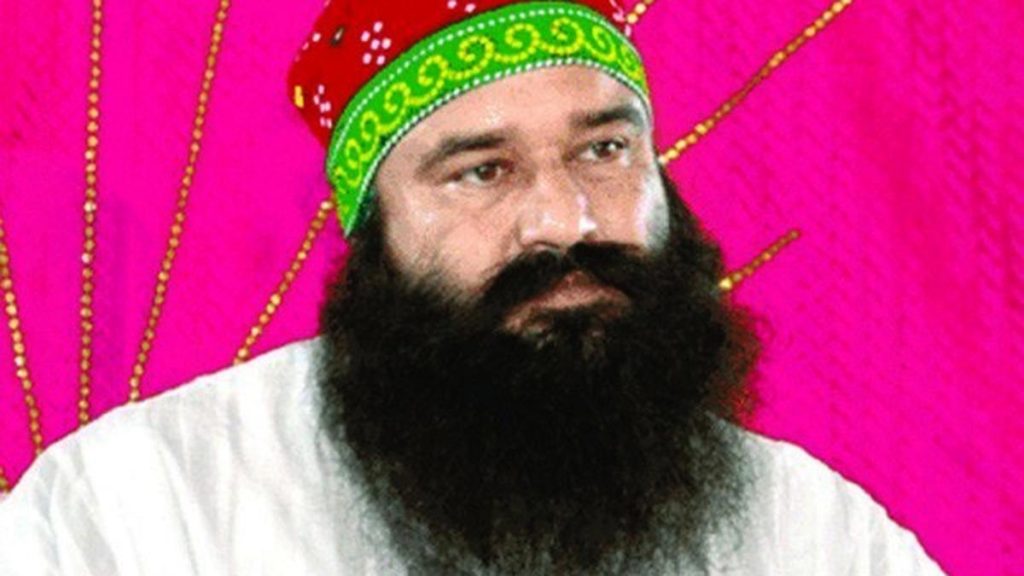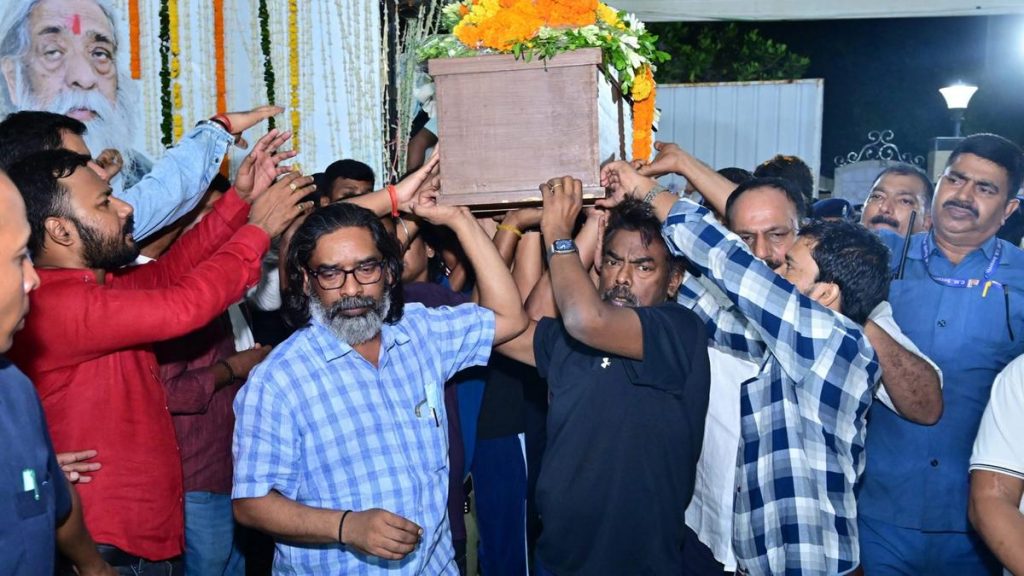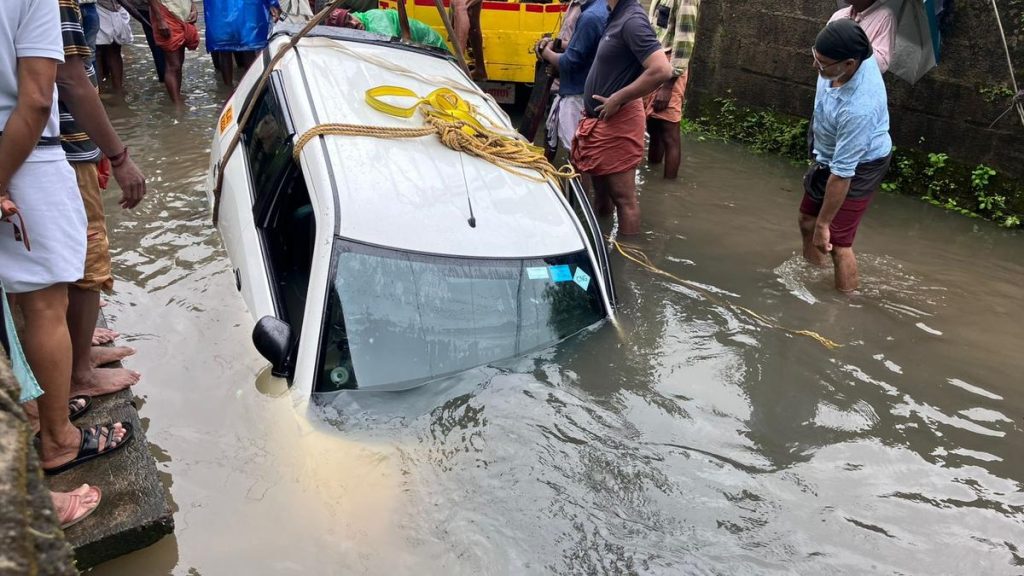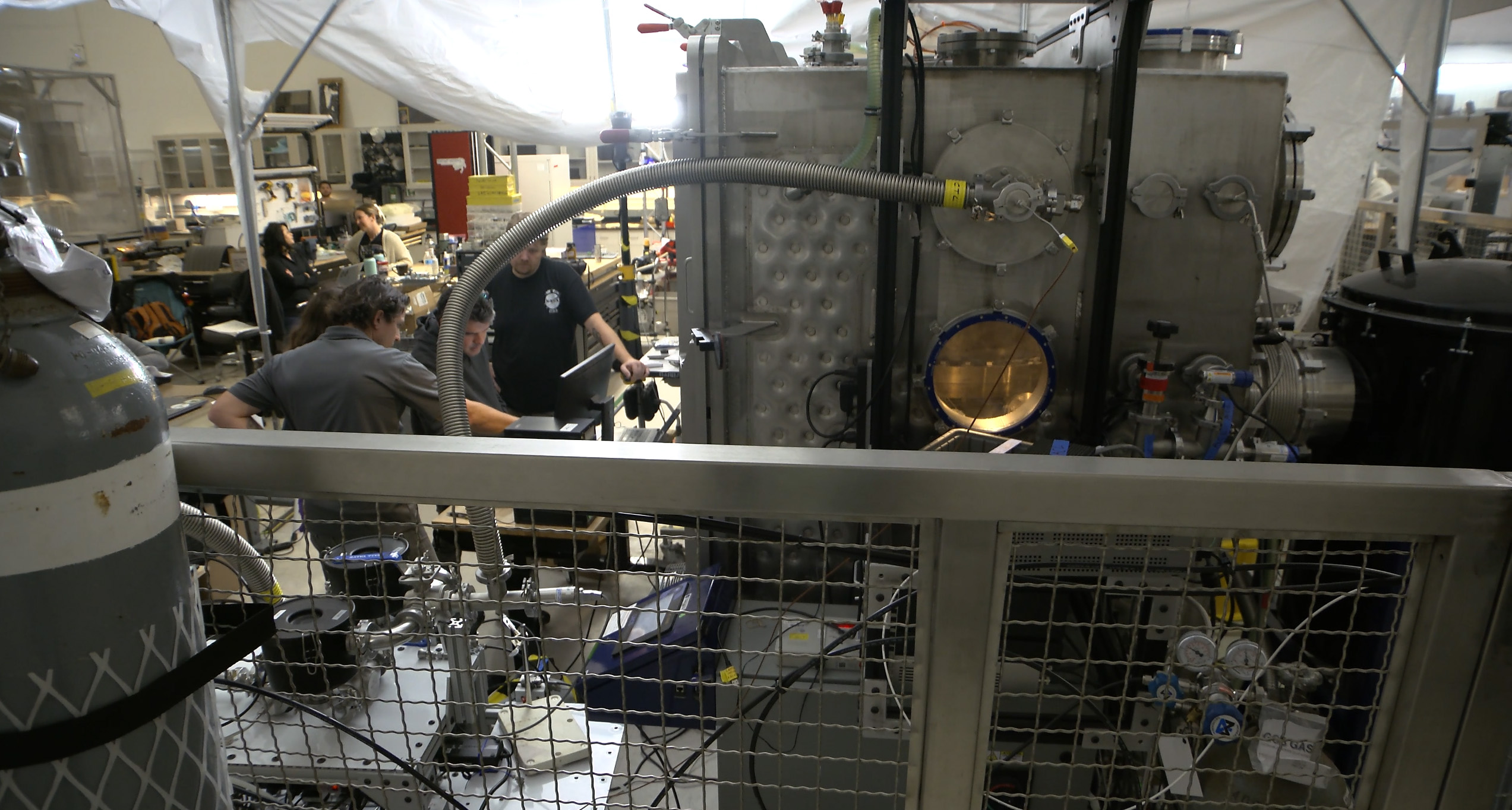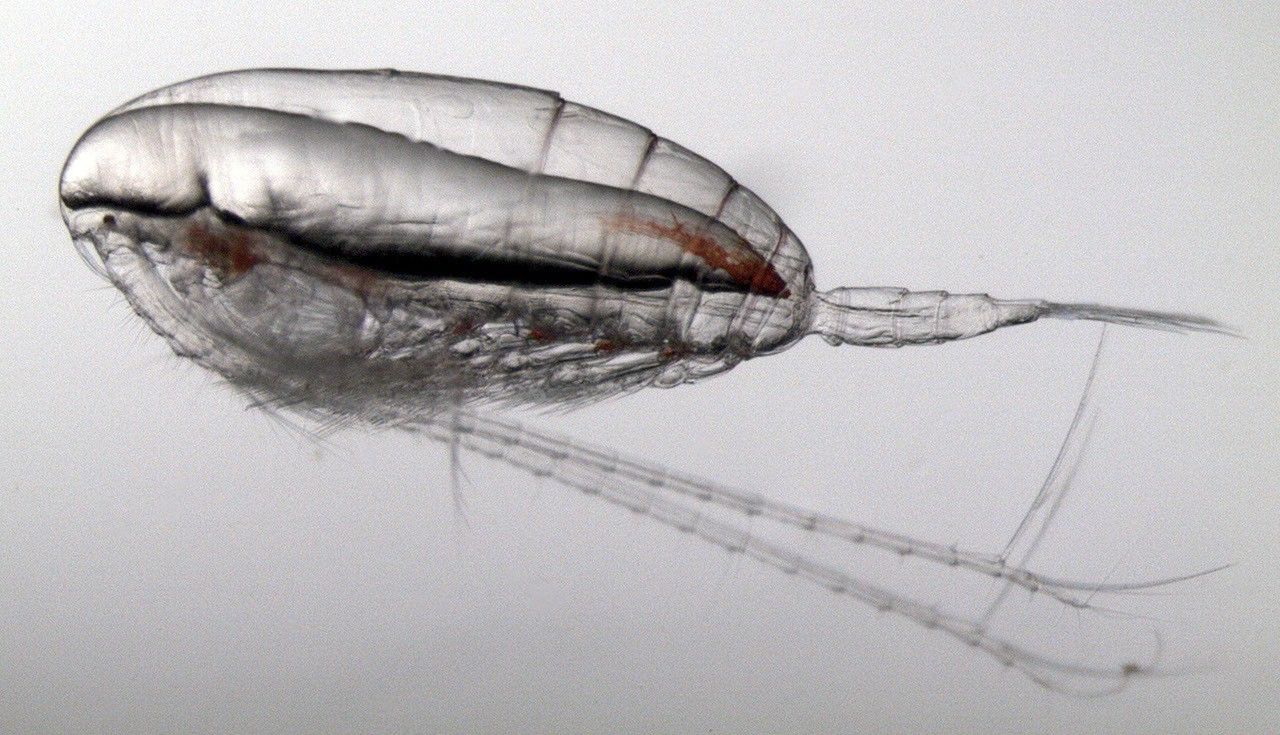Now Reading: NASA Langley Showcases Innovations at Air Power Over Hampton Roads
-
01
NASA Langley Showcases Innovations at Air Power Over Hampton Roads
NASA Langley Showcases Innovations at Air Power Over Hampton Roads
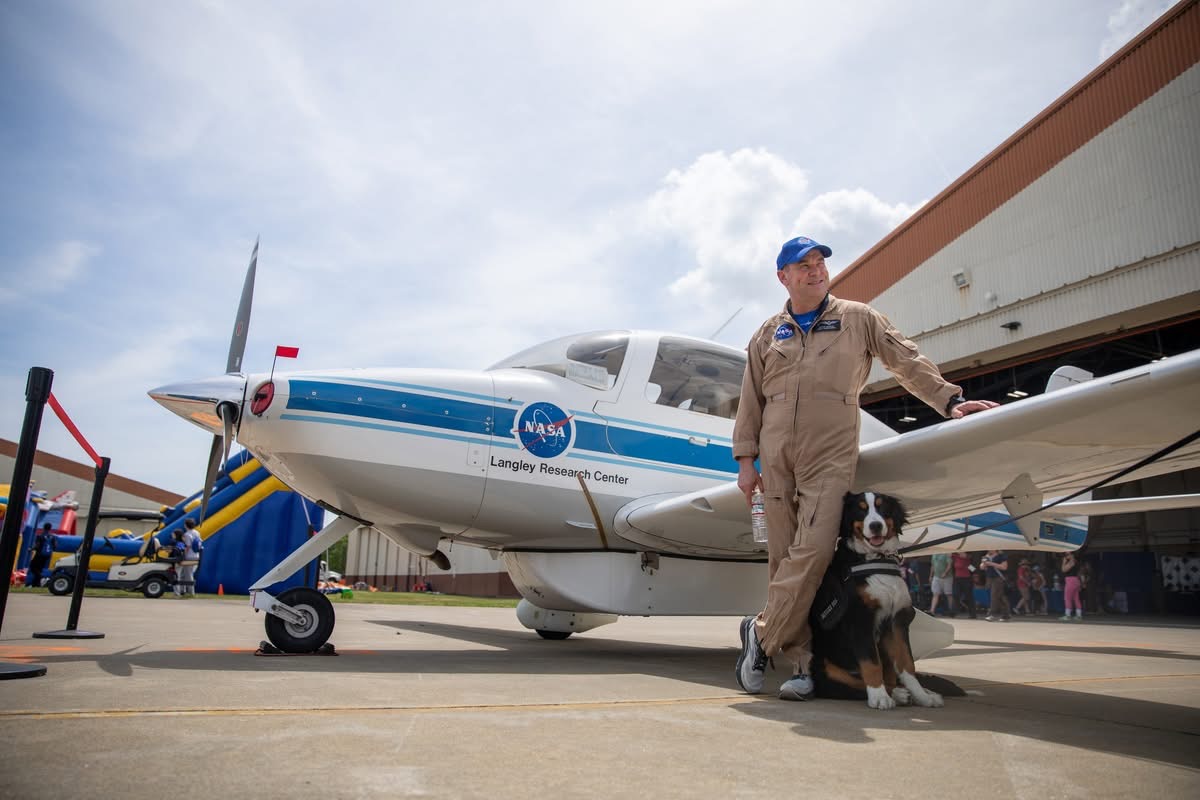
Quick Summary
- NASA Langley Research Center participated in the Air Power Over Hampton Roads air show held April 25-27 at Joint Base Langley-Eustis (JBLE), Virginia, attracting thousands of visitors.
- The event started with STEM Day on April 25, featuring educational activities for K-12 students organized by NASA Langley’s Office of STEM Engagement (OSTEM).
- Activities included wind tunnel experiments with paper helicopters, designing experimental planes, and learning about X-plane research.NASA experts guided participants through the engineering design process and promoted STEM career paths.
- Static displays showcased aircraft like NASA’s Cirrus Design SR22, small Unmanned Aircraft Systems (sUAS), and the P-3 Orion research aircraft from Wallops Flight Facility.
- Visitors explored exhibits highlighting NASA Langley’s legacy in aviation innovation since its establishment in 1917 and learned about current advancements in aeronautics and space exploration technologies.
Indian Opinion Analysis
NASA’s active engagement during events like Air Power Over Hampton Roads underscores the importance of public outreach to inspire future generations toward careers in science, technology, engineering, and math (STEM). By offering hands-on learning opportunities such as wind tunnel simulations or airplane design exercises, it provides practical insights into scientific processes that help demystify complex concepts for young learners.
India could take cues from such initiatives to further strengthen its domestic aerospace sector while together investing in similar STEM-focused education programs tailored for students. Given India’s burgeoning presence in space exploration and aeronautics through ISRO’s achievements and collaborations with international agencies like NASA itself, promoting early interest among children could sustain long-term innovation momentum within critical sectors.
Moreover, fostering partnerships akin to those between JBLE and NASA for collaborative research may allow fruitful exchange between defense needs and technological advancements-a model that India can consider adopting alongside its own civilian projects to bridge gaps between academia, industry innovations, defense demands & talent incubation pathways.


